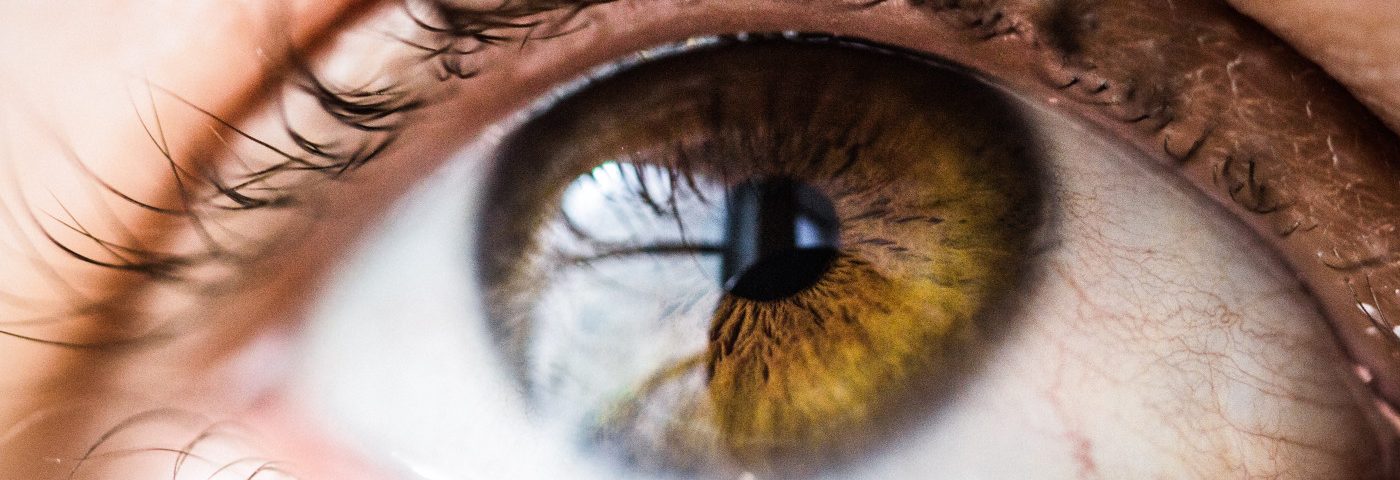A complicated case of neurotrophic keratitis (NK) on a corneal graft was successfully treated with Oxervate (cenegermin) following surgery.
The results of this report show that Oxervate may be used effectively to manage NK even in complex cases.
The case was described in International Medical Case Reports Journal, in the report, “Role of Topical Cenegermin in Management of a Cornea Transplant in a Functionally Monocular Patient with Neurotrophic Keratitis and Facial Nerve Palsy: A Case Report.”
The report described the case of a 24-year-old woman who went to the hospital due to lagophthalmos (the inability to fully close the eye) as well as an ulcer on the cornea (the transparent covering at the front of the eye) in her left eye.
The woman had undergone a surgery due to an acoustic neuroma, which is a type of tumor that grows on the main nerves that connect the inner ear to the brain. Acoustic neuroma surgery can cause damage to the nerves that control eye reflexes, such as blinking and tear production, ultimately resulting in eye damage, as illustrated in this case.
The woman also developed a left facial nerve palsy (paralysis) as an additional complication of the surgery.
Upon examination, she was found to have a large descemetocele (a type of cornea damage) in the left eye, which was diagnosed as stage 3 NK. Of note, NK can be classified according to the severity of corneal damage: stage 1 corresponds to epithelial alterations; stage 2 is marked by persistent epithelial defects; stage 3 corresponds to corneal ulcers.
The woman underwent amniotic membrane transplantation (AMT) — a procedure in which a portion of the amniotic membrane (the innermost layer of the placenta) is grafted into the eye. Three months after this surgery, the patient’s vision remained substantially impaired; her best corrected visual acuity (BCVA) was 20/400. (For context, a BCVA of 20/20 is considered normal, and 20/70 or worse is generally considered visually impaired).
Because of the persisting visual problems, the patient underwent penetrating keratoplasty (PK), which is basically a more extensive type of cornea transplant.
After surgery, the patient was given a regimen of eye drops containing antibiotics, steroids, or lubricants, in addition to therapeutic contact lenses. Despite that, a corneal defect developed about two weeks after surgery, which quickly progressed to another ulcer.
About this time, Oxervate first became available. Oxervate is a prescription eye drop developed by Dompé that is approved in the U.S. and the European Union to treat NK. The medication works by mimicking the activity of nerve growth factor (NGF), a protein that helps to maintain and heal corneal nerves.
The woman was treated with Oxervate, given six times per day for eight weeks.
“The patient responded well to Oxervate treatment, with a progressive corneal healing and full closure of the corneal lesions at week 5,” the researchers wrote.
However, one week after the end of Oxervate treatment, the patient experienced a recurrence of NK. This was treated with subsequent AMT and PK, after which a second round of Oxervate treatment was started immediately.
“This earlier postoperative treatment approach was decided to prevent the development of an ulcer and subsequent scarring that would have impaired the patient’s vision again,” the researchers wrote.
The treatment was successful; the patient was managed with artificial tears without any further evidence of damage to the cornea. At the most recent follow-up — a year after the second round of Oxervate — the BCVA in the patient’s left eye was 20/40.
“To our knowledge, this is the first case report of a patient with facial nerve palsy and NK on a corneal graft, successfully treated with Oxervate eye drops,” the researchers wrote.
“These results suggest that the advent of [Oxervate] eye drops may change the natural history of NK and may represent the first medical treatment to successfully manage severe NK cases complicated by facial nerve palsy and multiple ocular surgery procedures,” they added.

